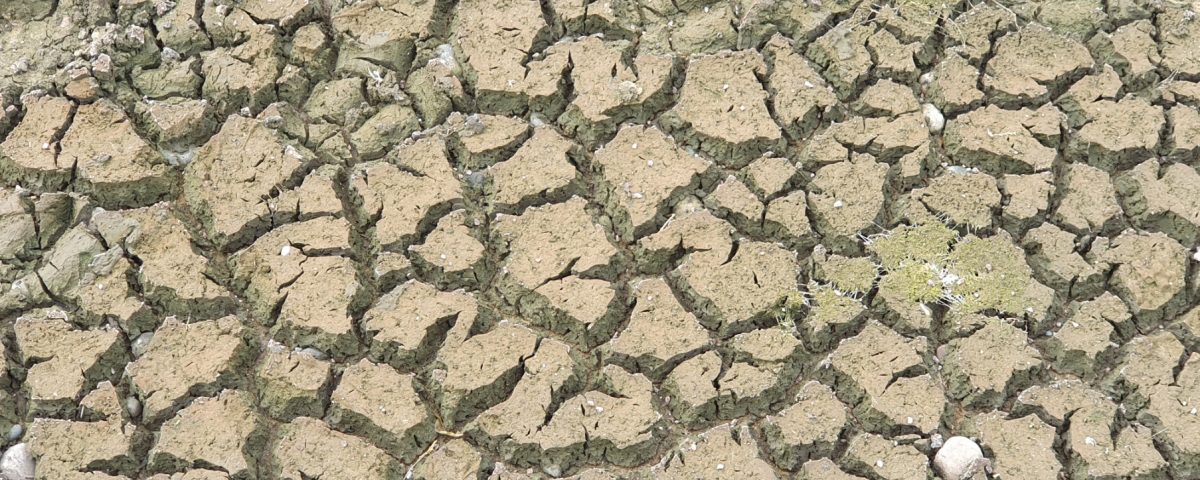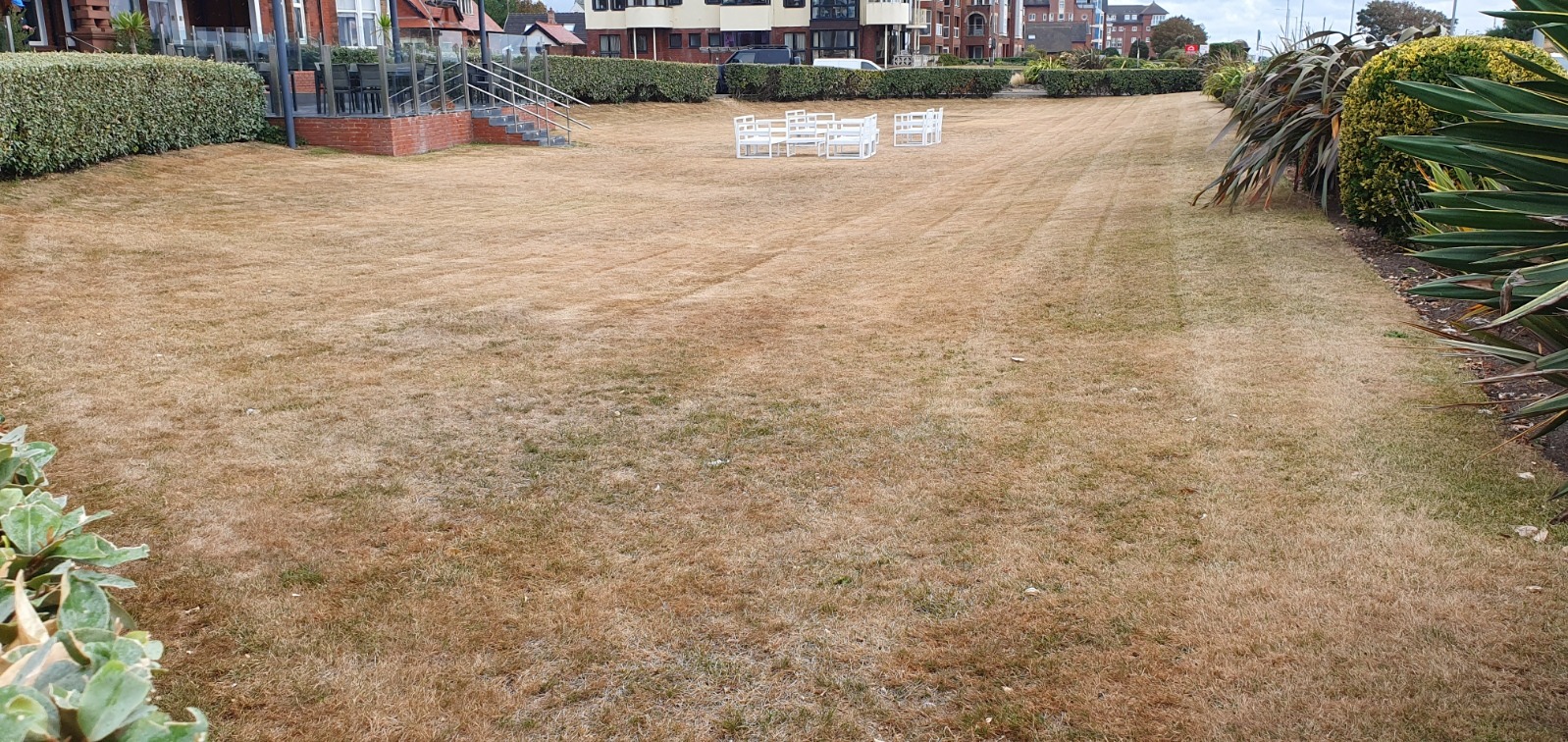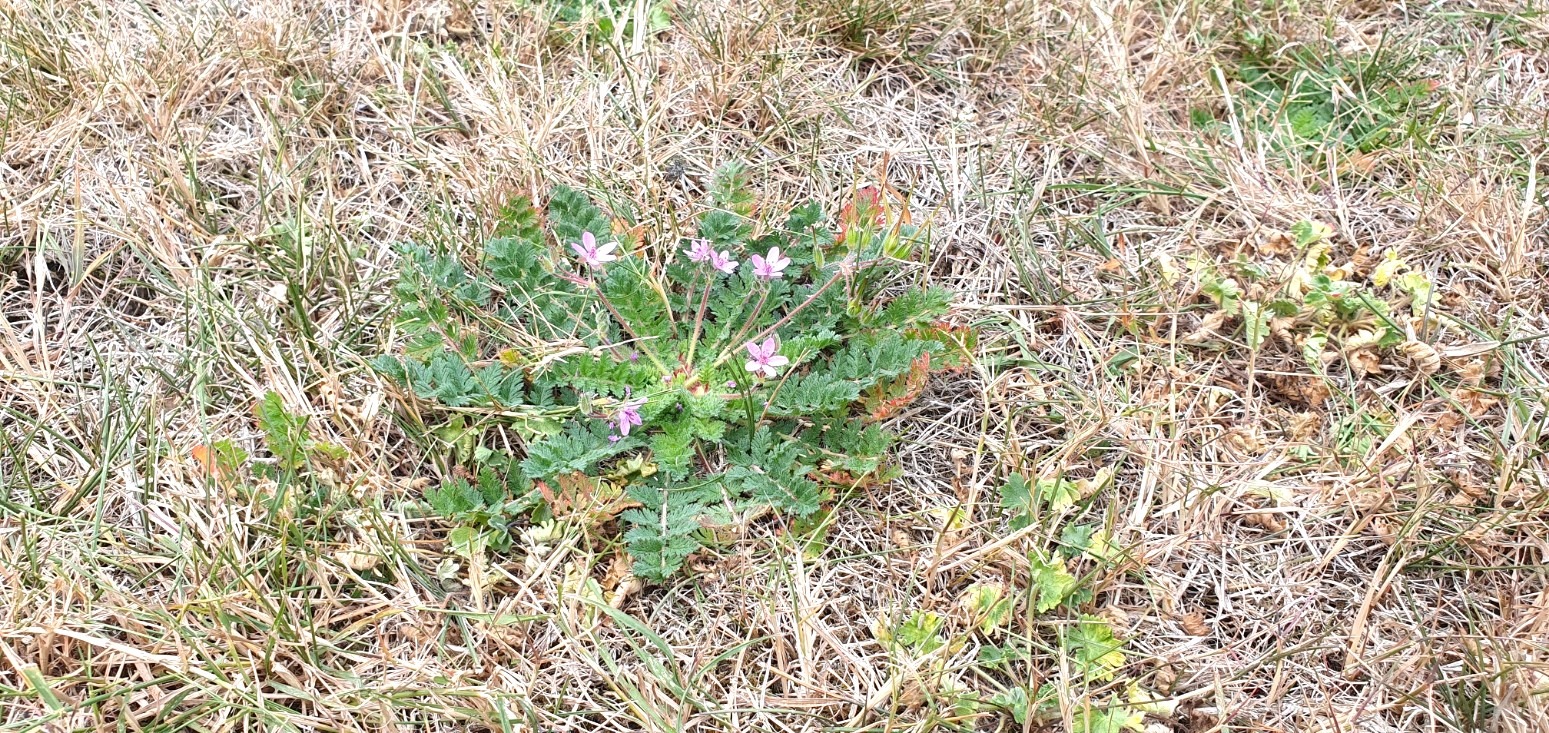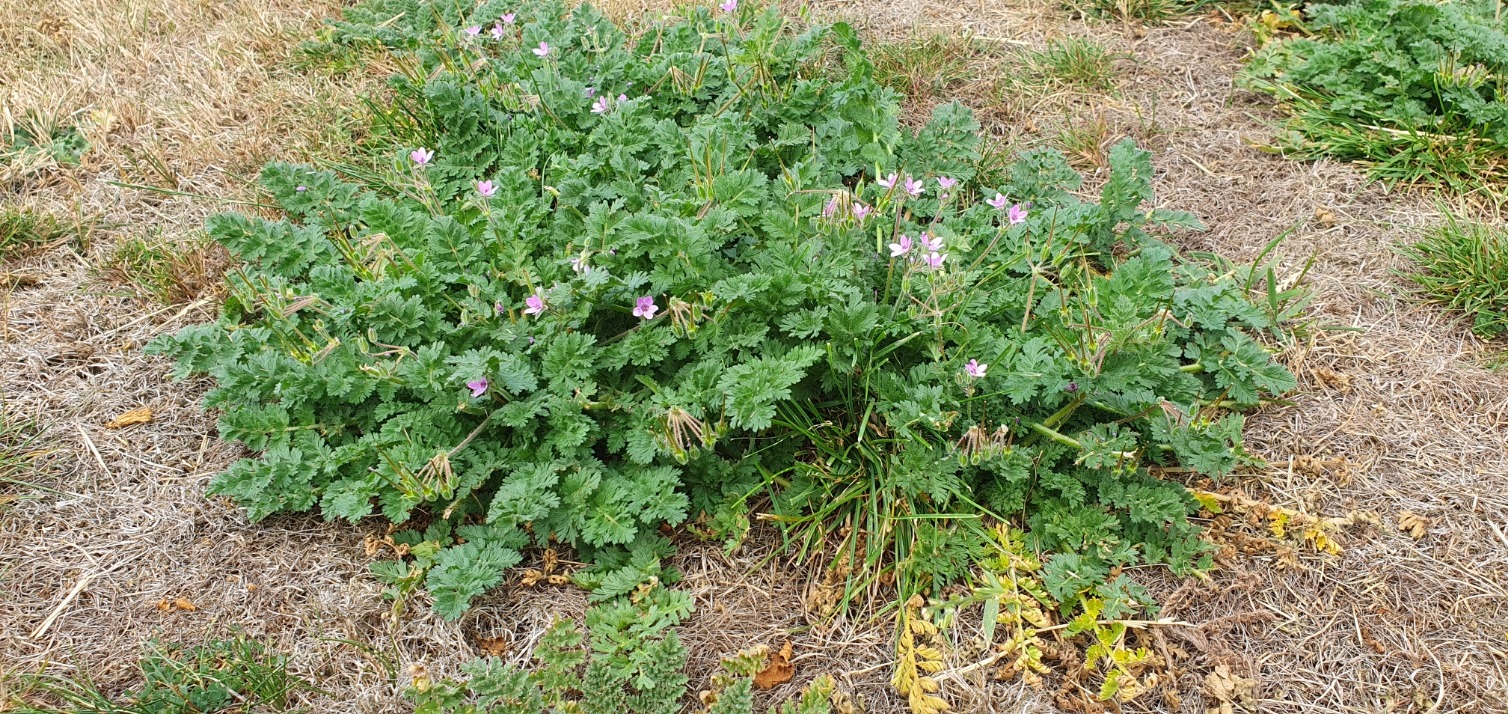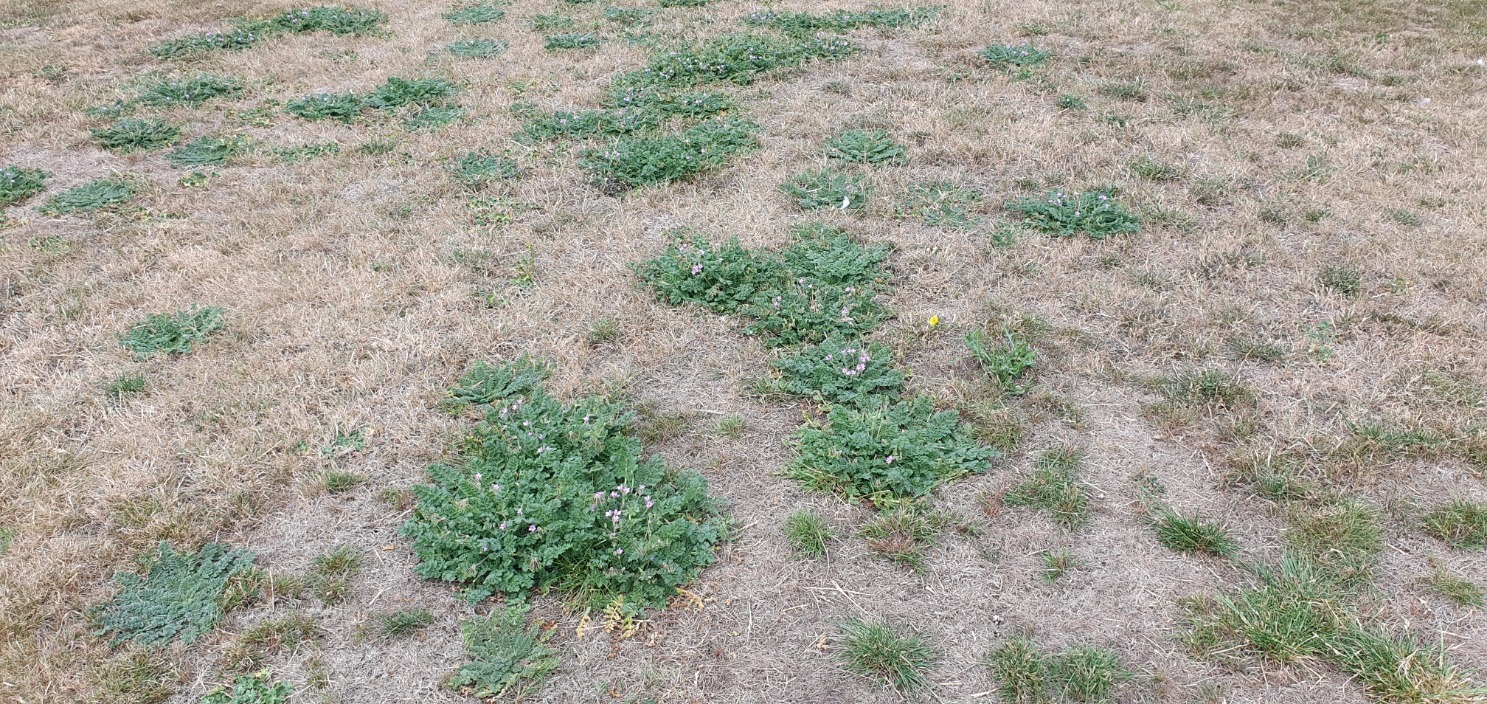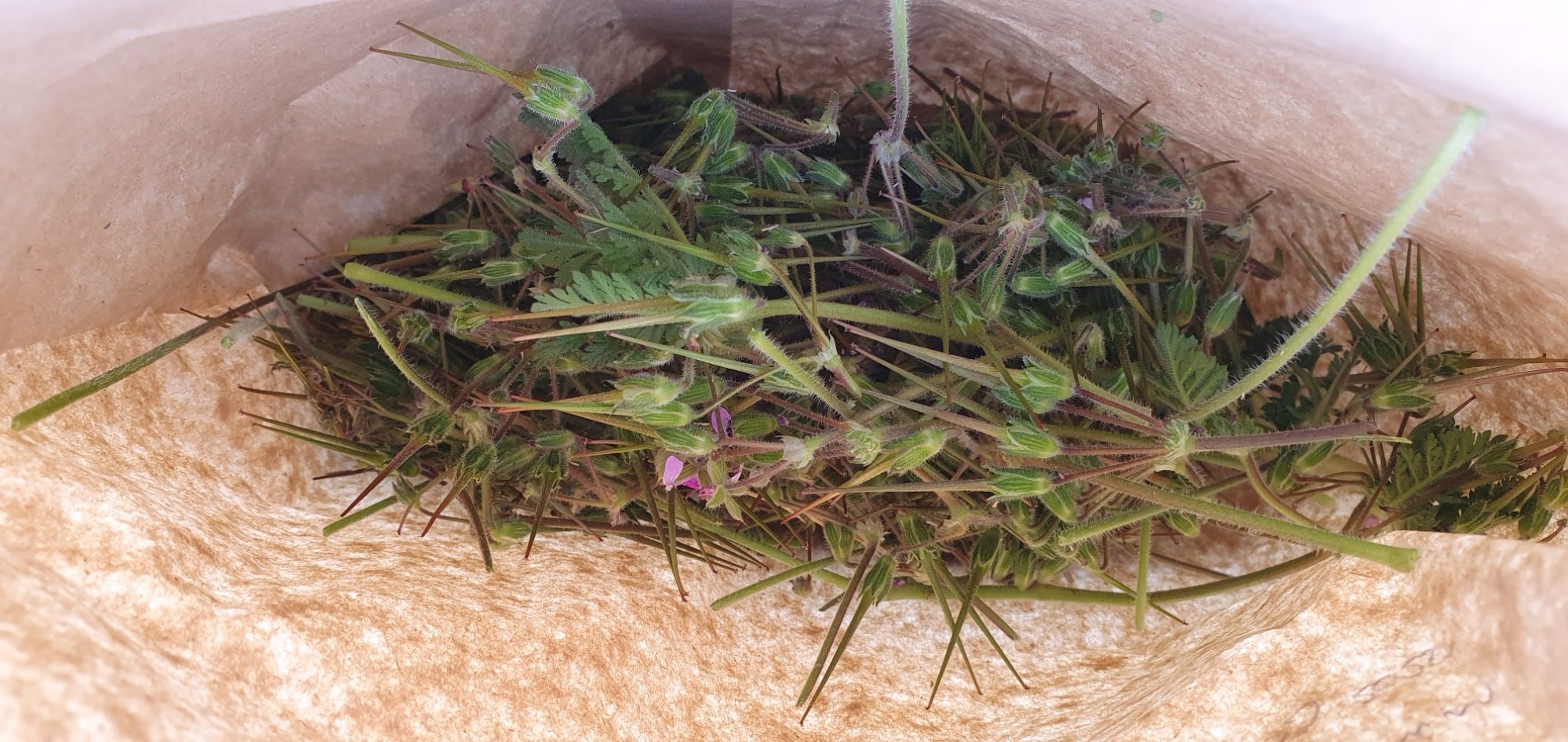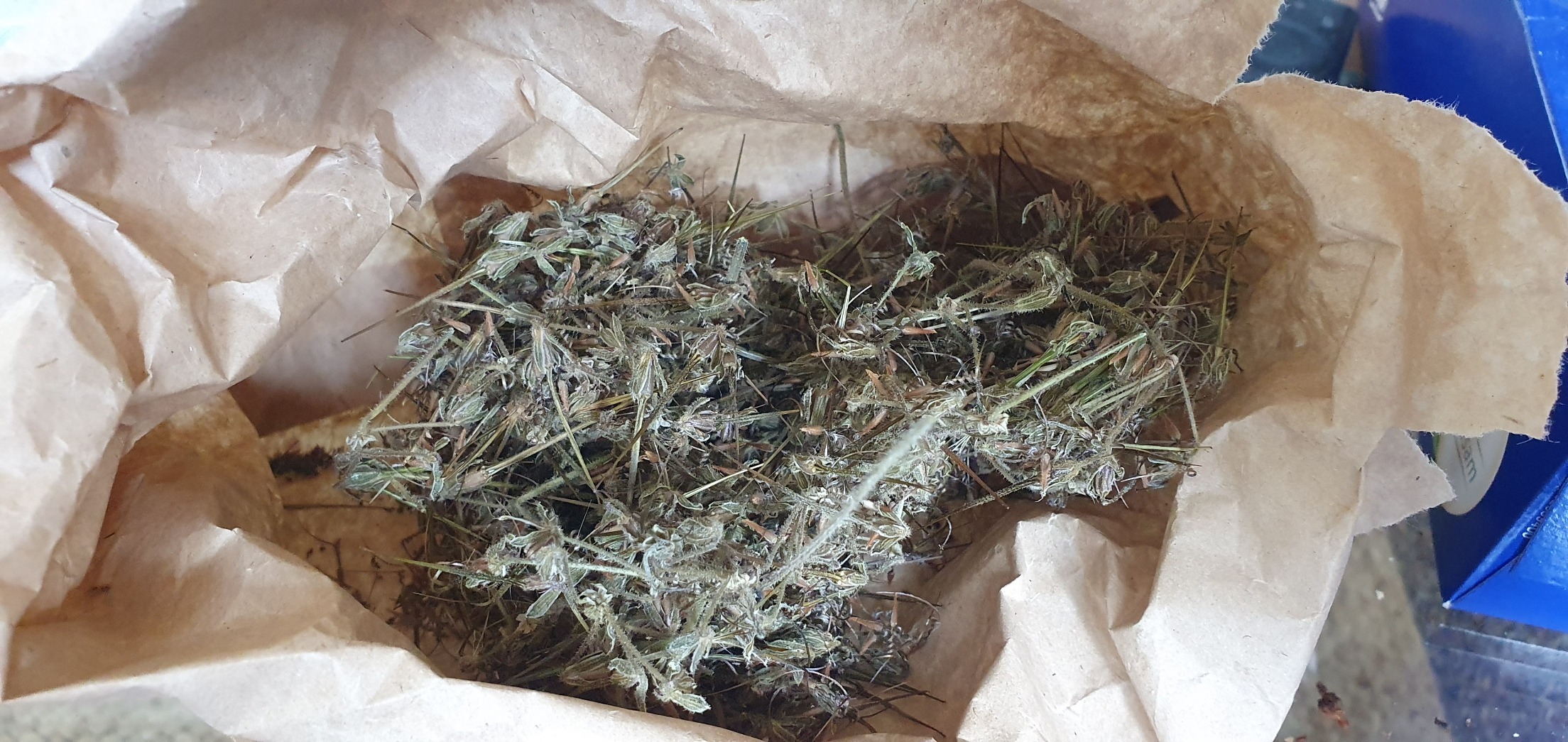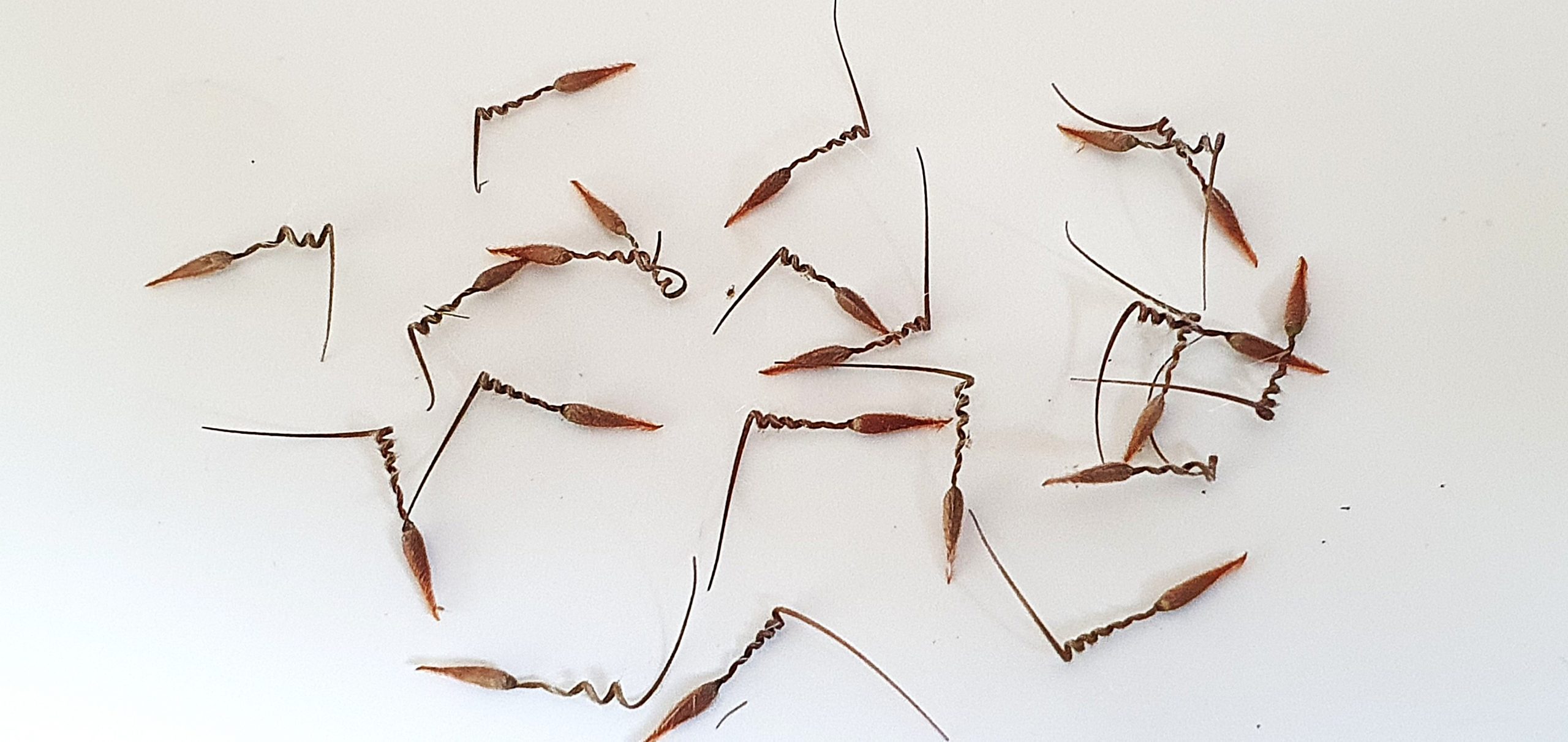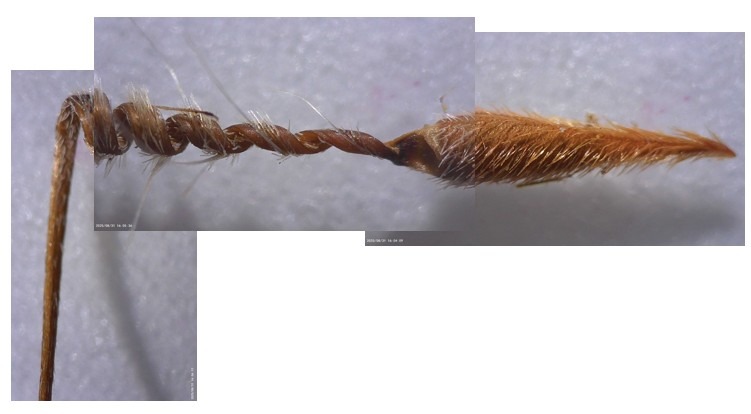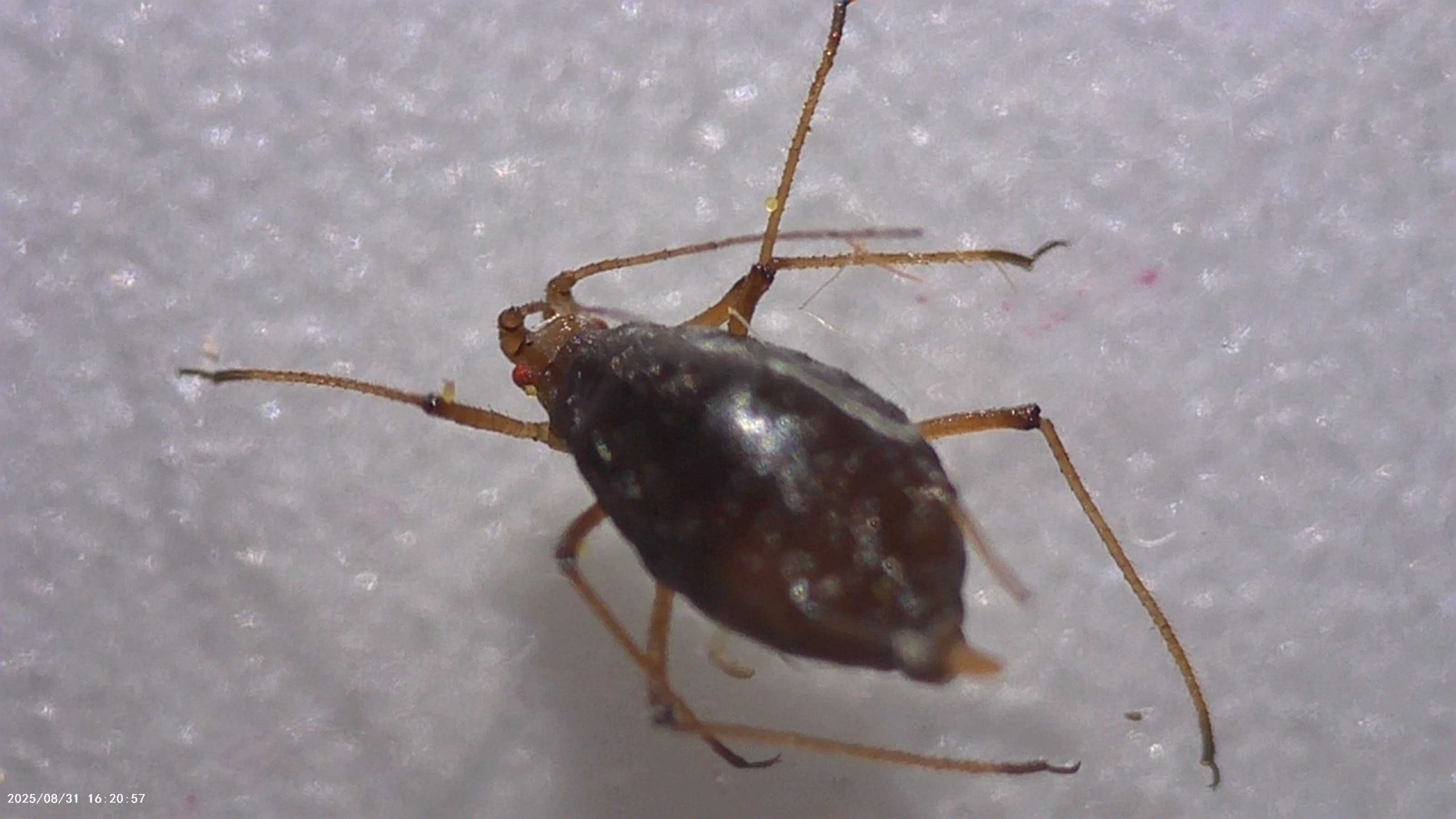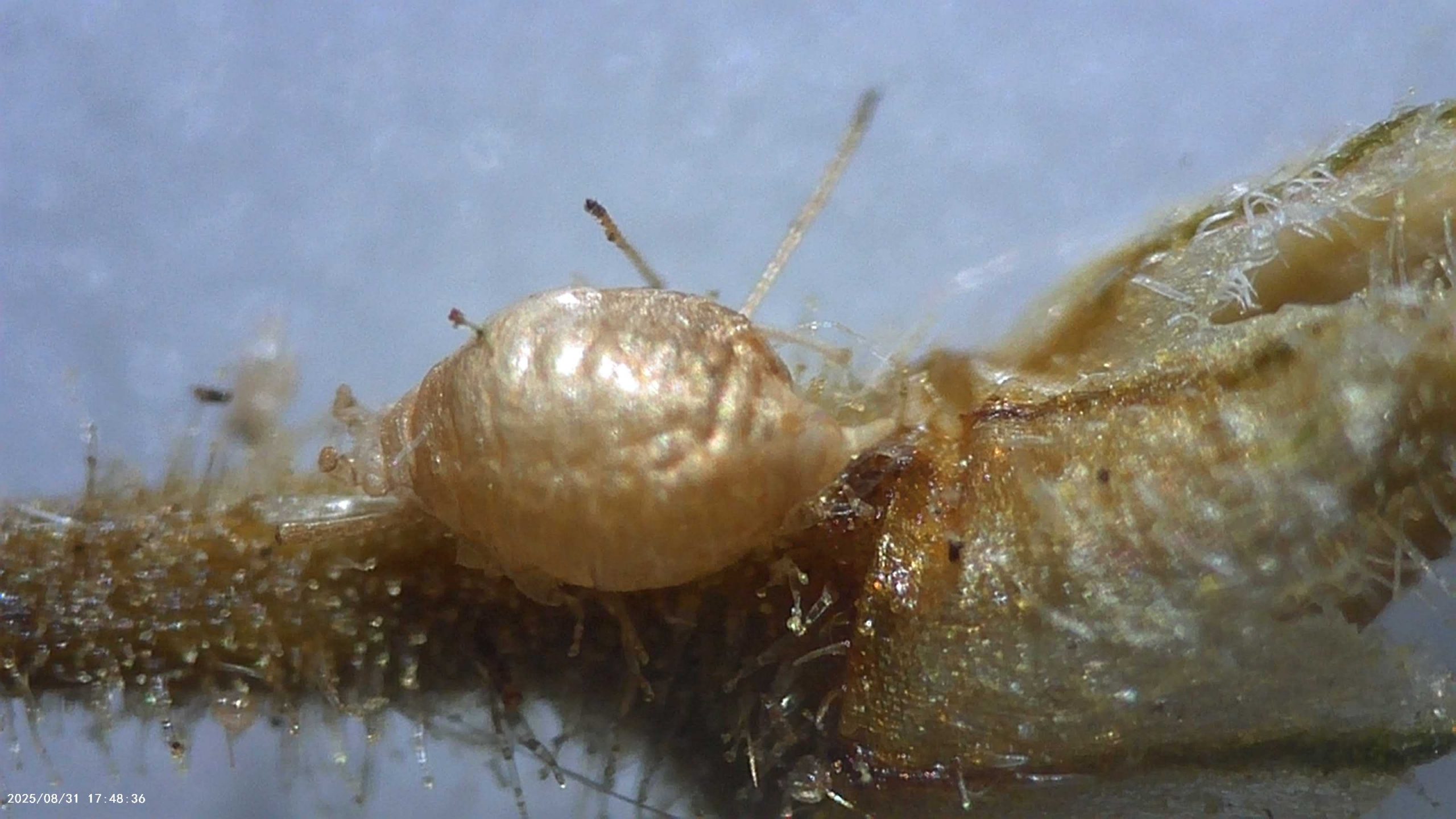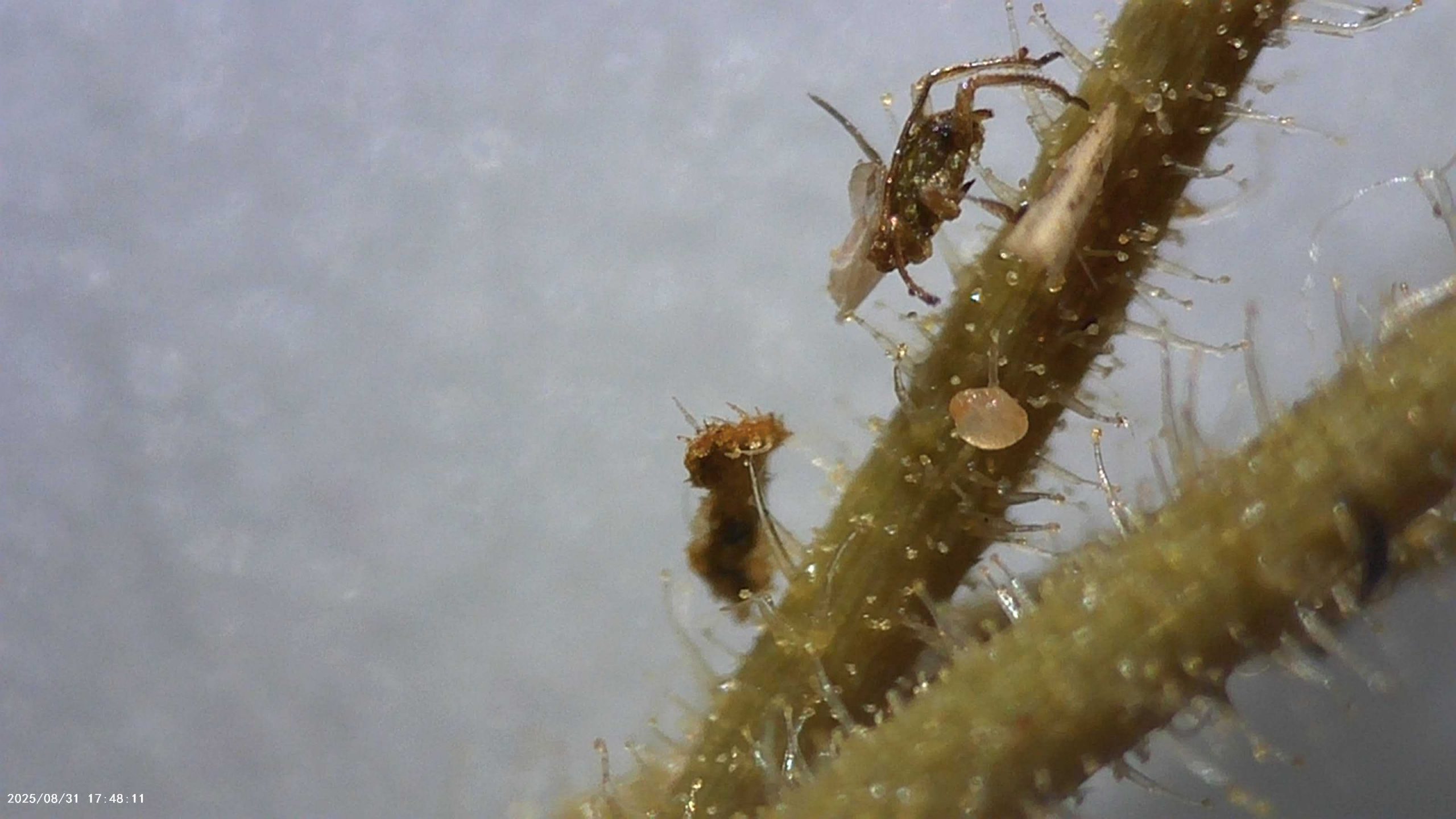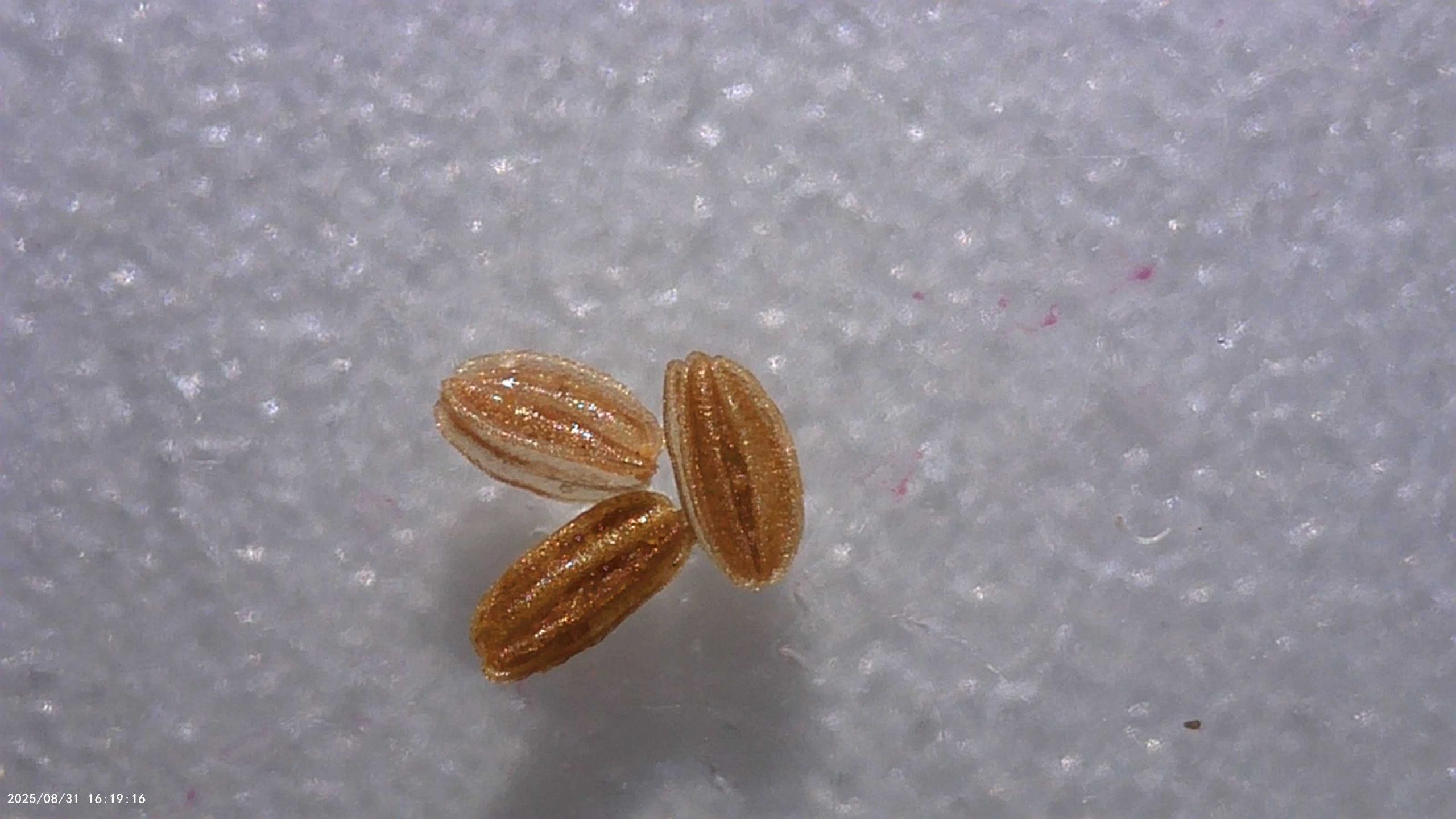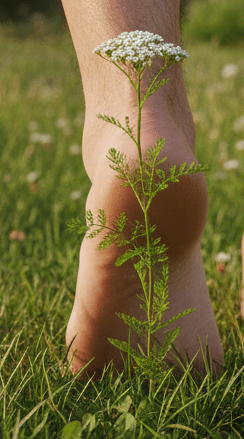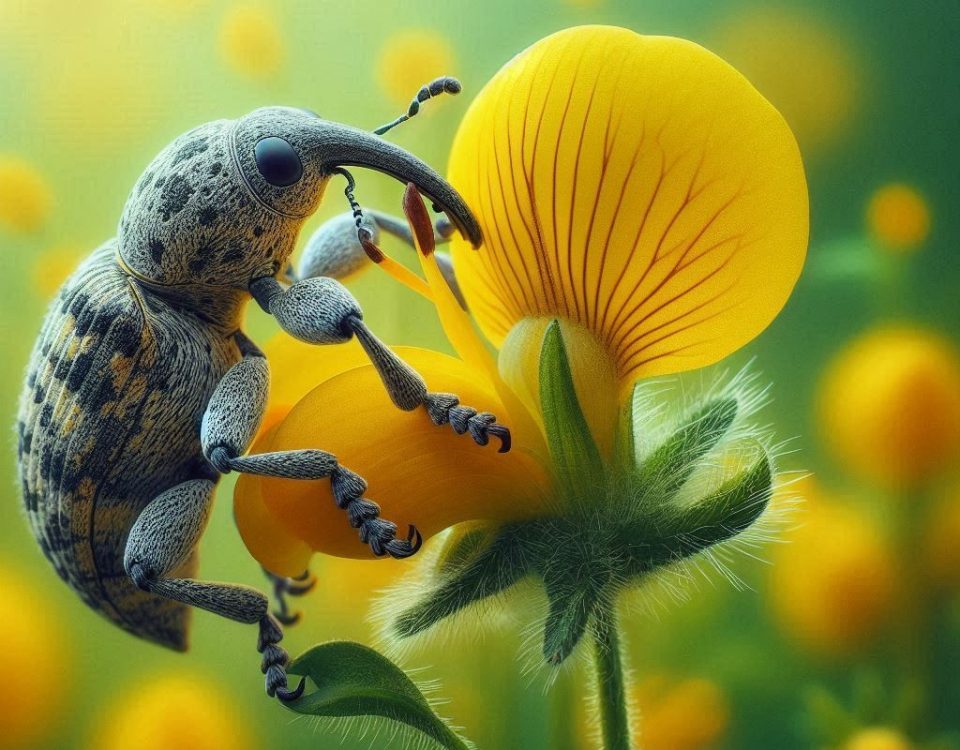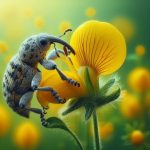
8. The lotus eaters
11 August 2025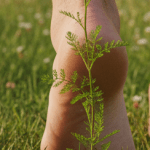
10. Achilles’ thousand-leaved plant.
15 October 2025It has been a dry August, the grass lawns that had browned earlier in the year with the warmest and driest UK spring on record are brown once again due to the warmest UK summer ever recorded.
Mind-bogglingly, I see national newspapers and social media have plenty of comments saying that both factual statements are climate-change lies. One commentator, from Lancaster apparently, noted: "North West has had the wettest summer I can remember," and had a mysteriously growing number of likes.
Ah, how soon the NW's wettest recorded summer, in 2020, or even last year 2024, is forgotten.
I live in Lancashire, Lancaster is 22 miles away as the crow flies. Above is a photo of the bottom of the local boating lake taken last week. Almost all the water has evaporated. I have not directly seen the actual bottom of the lake before, there has always been several feet of water to look through.
Could that lake bottom sediment being exposed and cracking, the multitude of brown lawns, wilting borders, the environment agency declaring the NW in drought, and the drought-induced false autumn hereabouts, be due to the commentators' wettest summer? I will let you decide for yourself.
I have been revisiting the same sites I had earlier examined during the Spring drought. Roughly the same plant species I encountered in June were the main survivors in most lawns, although some had succumbed to the stress of yet another drought in just a matter of months, and withdrawn to their rhizomes, stolons and roots.
One species stood out above all others, the native Common Stork's-bill - Erodium cicutarium.
As I knelt and took photos, (and enticingly noticed the best collection of fresh Stork's-bill seed heads I have ever encountered), a curiously watching resident of the property said "I hope you are taking photos of the weeds, so somebody will come and do something about them". She was definitely not happy to see the 'weeds' surviving. "At least something is green and alive," I replied, "I don't care, I want them gone. Don't like weeds in the lawn" she said.
Perhaps, if the ideal doubley-droughted lawn characteristics were to be: 1. Brown, 2. Dry, 3. Crispy, and 4. Dead, I can see her frustration; she may otherwise have had a prize-winning drought lawn. She seemed to suggest she wanted all her lawn to be brown and dead, and not spoiled by living green weeds. See image below.
More and more, I think I live in a parallel universe.
With climate variability becoming ever more apparent, lawns will simply have to evolve, and be adapted to suit the changes and challenges that come our way. For some, however, this is not something to relish. No place for weeds in this lady's crispy lawns!
I am yet to find a British seed house that sells this common native species (and therefore maintain its native provenance), although there are a couple in Europe. The same issue applies to prostrate-form Lotus.
Unfortunately, since Brexit, importing seed from Europe can be a real chore. It can be prohibitively expensive, the paperwork extensive, and timeframes unreliable. I have had a single packet of pre-treated common primrose (Primula vulgaris) take six weeks to successfully cross the channel from Germany, due to customs, and inspection delays, and the requirement for an expensive phytosanitary certificate.
Close-up of one of the seeds (composite image). The type of seed head on Stork's-bills is known as a "schizocarp". They split into multiple parts when mature, each containing a seed. These seed heads are often long and pointed, resembling a stork or heron's bill. The corkscrew seeds are moisture sensitive and will literally screw the seed into the ground when there is sufficient moisture. Another garden border-worthy species (E. gruinum) has seeds so sensitive to humidity that it is commercially used for making hygrometers (that measure humidity).
A golden aphid mummy. Not wrapped in an ancient Egyptian's embalmers bandages, but none-the-less scary. This was a surprisingly common sight on the Stork's-bill, with around a dozen per bag of seedheads, (of which I collected three). The aphid has been parasitised by a parasitoid wasp. It has turned a golden colour in response to being eaten from the inside out. There is often a circular exit from the aphid shell. My clumsy fingers crushed the best example - hey ho.

